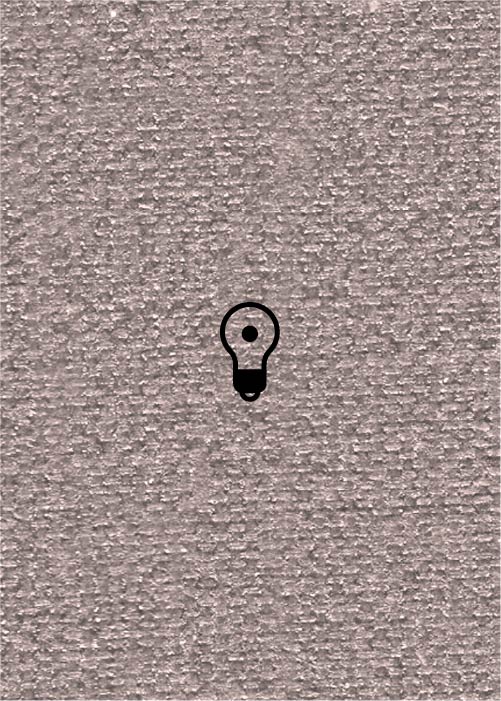(38 results found)

Sirba
… and contemporary state of knowledge about klezmer music. Each entry includes a number of citations from … region among co-territorial peoples including Jews, Ukrainians, Transylvanian Hungarians, and even Polish gorale … motion in the melody performed against a brisk 2/4 rhythm, Jewish sirbas -- especially outside Romania -- do not …

Shrayer
… and contemporary state of knowledge about klezmer music. Each entry includes a number of citations from … at the end of each citation, you get the full reference. “Jewish klezmorim often played at non-Jewish weddings, … non-Jews adopted Jewish dances. We know of cases in which Ukrainian peasants took up Yiddish frejlaxs and sers . The …

Sher
… and contemporary state of knowledge about klezmer music. Each entry includes a number of citations from … “Sher: One of the most common dance forms in the Jewish repertoire, similar to a square dance or a Russian … in a band in Brusilov (Kiev area), which used to play for Ukrainian artisans...at their weddings and celebrations, to …

Pleskun (LKT)
… and contemporary state of knowledge about klezmer music. Each entry includes a number of citations from … notation included). “Alongside of literal transfers of Ukrainian kozachoks and hopaks, the klezmer repertoire also … modified ones and even freely transformed versions. The Jewish dance pleskun takes its name from the Ukrainian …

Tsushpil
… and contemporary state of knowledge about klezmer music. Each entry includes a number of citations from … doina and hora portions of this three-part medley from Rom, Jewish and Ukrainian musicians in and around Karaptshiv. The hora Leon …

Nokhshpil
… and contemporary state of knowledge about klezmer music. Each entry includes a number of citations from … doina and hora portions of this three-part medley from Rom, Jewish and Ukrainian musicians in and around Karaptshiv. The hora Leon …

Mazurka (LKT)
… and contemporary state of knowledge about klezmer music. Each entry includes a number of citations from … repertoire consisted of local dance tunes of non-Jewish origin played by klezmorim for non-Jews, and also, at … (such as the Polish mazurka , Ruthenian kolomeyka and Ukrainian kozachok ).” Feldman 1994, pp. 9-10 . “ Mazurka . …

Londre (LKT)
… and contemporary state of knowledge about klezmer music. Each entry includes a number of citations from … 1993, p. 2 . Apert 1996a, p. 16 . “Hora: A popular Romanian-Jewish dance in a limping, duple meter, often notated in 3/8 … notation included). “Among the few borrowings from other Ukrainian dance genres we could mention the haivka [spring …

Kozak (LKT)
… and contemporary state of knowledge about klezmer music. Each entry includes a number of citations from … at the end of each citation, you get the full reference. “Jewish musicians used to play frequently at non-Jewish … they undoubtedly played Jewish tunes in addition to the Ukrainian dance-repertoire. In the same way they brought …

Kozatske (LKT)
… and contemporary state of knowledge about klezmer music. Each entry includes a number of citations from … and cannot pay for it. The first part of the melody is of Jewish origin, the latter part is Russian and in keeping … Jewish Poland. There is nothing to distinguish it from the Ukrainian dance. But even here the klezmorim gave it their …


